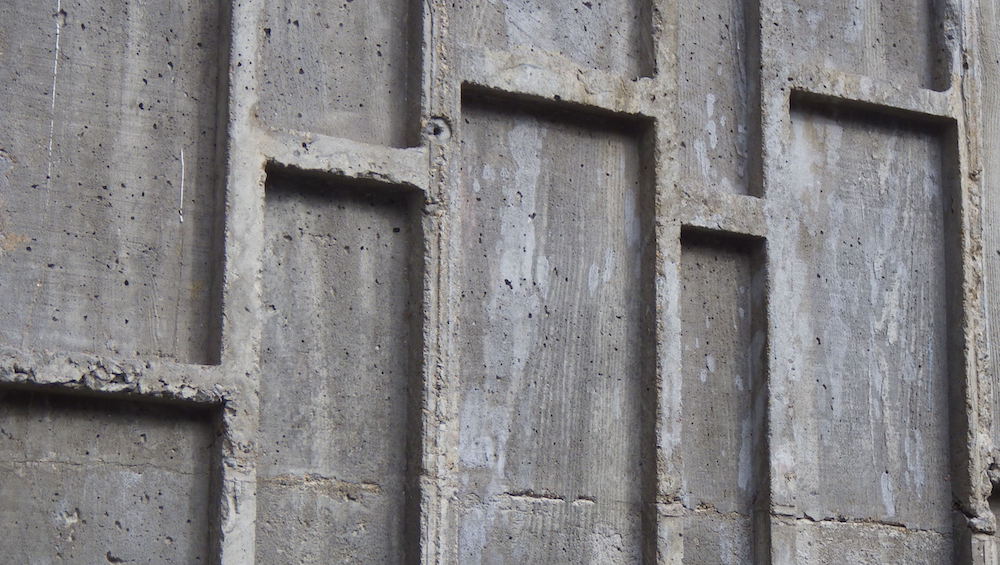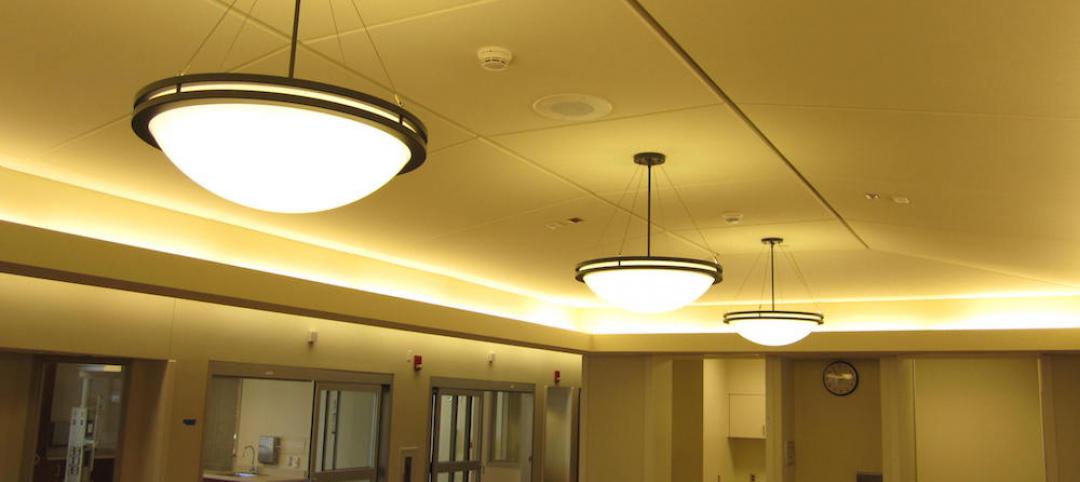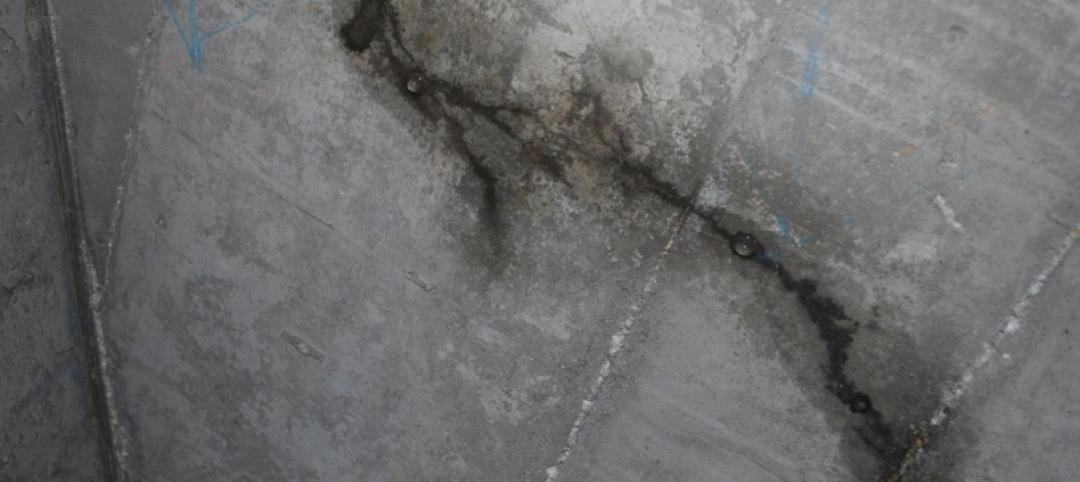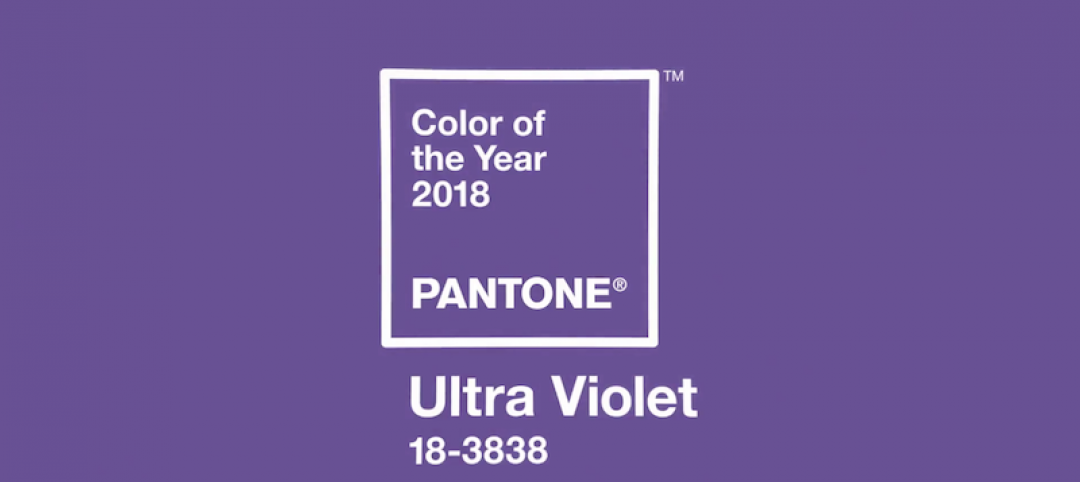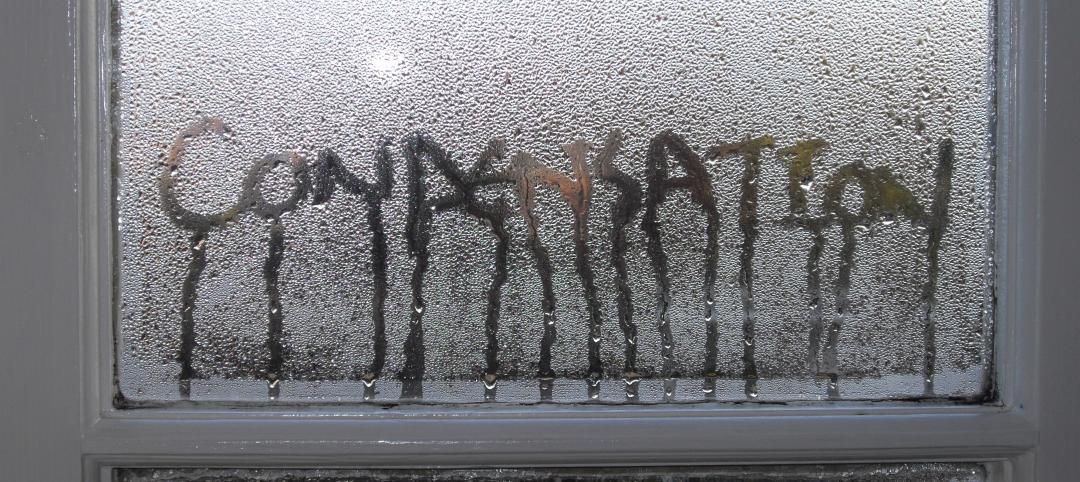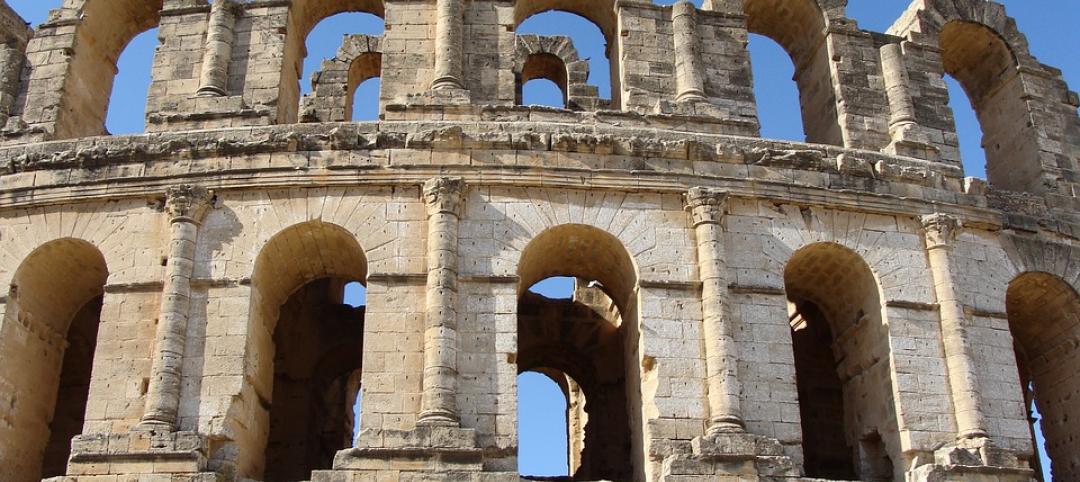Researchers at MIT have found that natural materials like bones, shells, and sea sponges are as strong microscopically as they are to the touch.
The construction industry can learn from this.
According to the National Post, a recently published paper in the journal Construction and Building Materials examines a tough and long-lasting substance called nacre. Found inside of mollusks, nacre has a brick-like arrangement of minerals, forming a strong bond between layers.
The molecular organization of nacre contrasts from Portland concrete, a staple of construction across the world. Made of crushed rocks bounded by cement paste, concrete strength is largely based on guesswork, researchers say.
Considering this, more attention is being paid to biomimetics, the study of materials that mimic nature.
“There is a wide range of techniques that are well established for studying the complexities of biological and biomimetic materials, which can be easily translated into the cement community,” Admir Masic, an MIT professor and co-author of the study, told MIT News.
Related Stories
Sponsored | | Feb 28, 2018
Quality Products Needed To Meet Green Building Standards Today
Sustainable healthcare facilities will need energy-efficient building enclosures from the outset.
Sponsored | | Feb 15, 2018
Fact vs. fiction: Hotel waterproofing in coastal zones
Sign up for our free March 6 webinar on “A Project Peer Review: The Single Most Important Factor in Reducing the Risk of a Mold and Moisture Lawsuit in Your Next Project”.
Building Materials | Dec 19, 2017
‘Ultra Violet’ is Pantone’s Color of the Year 2018
The color represents a symbol of counterculture, unconventionality, and artistic brilliance, according to Pantone.
Sponsored | Building Materials | Aug 24, 2017
Controlling condensation
No matter what structural material you build with, be it steel, concrete, or wood, water is the enemy.
Sponsored | Building Materials | Aug 17, 2017
Teflon’s little brother is breathing new life into big design
Lighter than glass and 100% recyclable, one material takes center stage in the future of building.
Concrete | Jul 7, 2017
The secrets held within Ancient Roman concrete could improve future building practices
Not only has the concrete stood the test of time, but it has actually become stronger.


